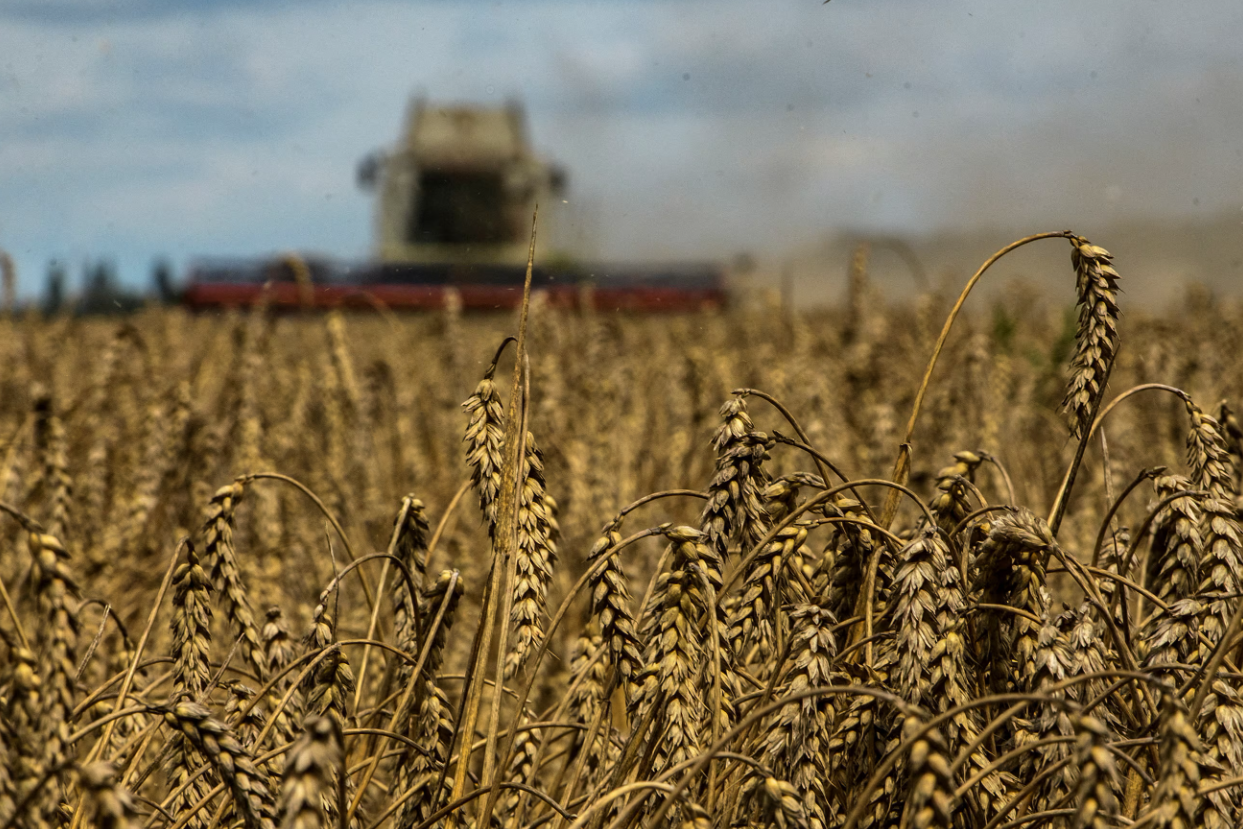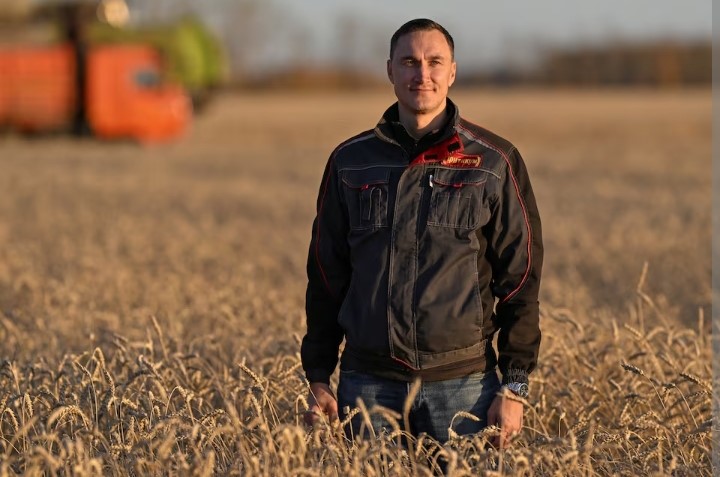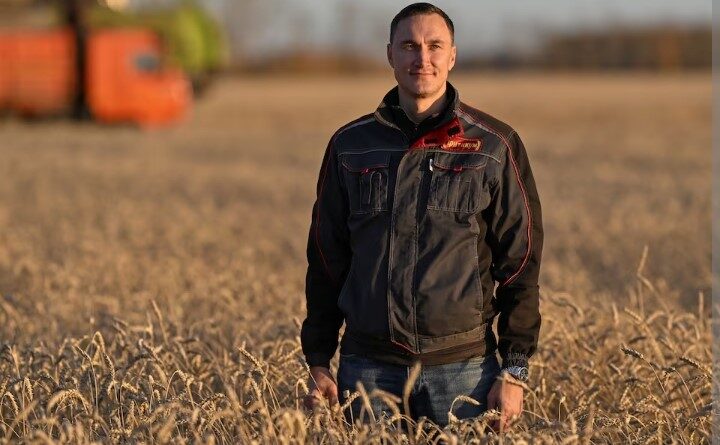Russian Farmers Shift From Wheat To Profitable Crops Amid Mounting Losses
Russian farmers are scaling back wheat cultivation after heavy losses this year, opting for more profitable crops like peas, lentils, and sunflowers. This shift could impact global wheat prices and inflation in key importers such as Egypt, as Russia remains the world’s leading wheat exporter.
The decision poses a challenge to President Vladimir Putin’s goal of expanding agricultural exports and solidifying Russia’s status as an agricultural superpower amid ongoing tensions with the West over the Ukraine conflict.nator Natasha Akpoti-Uduaghan, representing the Kogi Central Senatorial District. The lawmaker recently launched a fertilizer empowerment program aimed at enhancing farmers’ access to fertilizer across the district.
Declining Harvest and Exports
Russia’s wheat harvest has dropped to 83 million tons in 2024, down from 92.8 million tons in 2023 and a record 104.2 million tons in 2022. Severe frosts and droughts have led to bleak forecasts for 2025.
Although Russia has been exporting wheat at near-record levels in recent months, exports are expected to slow due to poor harvests and government-imposed export restrictions aimed at curbing domestic price hikes. These include a significant cut in export quotas by two-thirds starting January 2025.
At a farm in Siberia’s Omsk region, where heavy rains disrupted harvesting, farmer Maxim Levshunov lamented his losses. “Most of our wheat is now only suitable for animal feed, fetching far lower prices. We’ll likely reduce wheat cultivation and focus on more profitable crops,” Levshunov said.
Winter wheat has already become a casualty, with the area sown shrinking by 10%—the lowest since 2019, according to data from Rusagrotrans, Russia’s leading grain rail carrier.
Profit Margins Under Pressure
Farmers cite rising costs of equipment and fuel, high export duties, and a soaring interest rate of 21% as major factors eroding profit margins. The removal of some agricultural subsidies has further strained resources.
“The profitability of grain crops is approaching zero,” said Dmitry Garnov, CEO of Rostagro Group. “Our company has reduced winter wheat sowing by 30%. Soybeans and sunflowers are now our main focus.”
The Russian Grain Union predicts a decline in the country’s 26% share of the global wheat trade, with many farms that rely solely on wheat struggling to stay afloat.

Adapting to Changing Conditions
Farmers in Russia’s fertile Krasnodar region, where wheat profitability still holds at around 10%, are also considering diversifying their crops to adapt to worsening droughts. “It’s getting warmer in the south, and we need to rethink our planting strategies for the future,” said Yevgeny Gromyko, an executive at Tkachev Agrocomplex.
Russia’s shift to niche crops could boost exports to allies in the BRICS bloc. This year, Russia surpassed Canada as the top exporter of peas to China, and India has approved imports of Russian lentils, a staple in its cuisine.
Balancing Global Status and Domestic Challenges
While Russia takes pride in being the world’s top wheat exporter, many farmers are prioritizing survival over global status. “For farms specializing in wheat, this year has been a financial disaster. Without significant changes, many will face bankruptcy,” Levshunov warned.
As farmers weigh their options, the country’s agricultural landscape is poised for transformation, with long-term implications for both domestic markets and global food supply.

Maxim Levshunov, deputy head of Tritikum agricultural enterprise, poses for a picture in a field during wheat harvesting in the Cherlaksky district of the Omsk region, Russia, October 4, 2024

